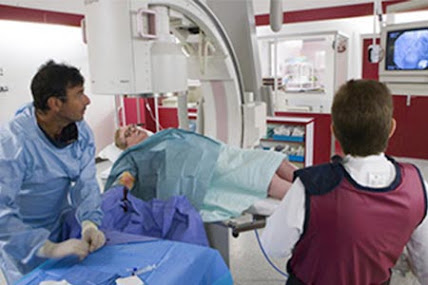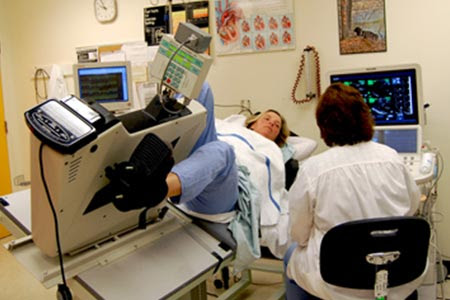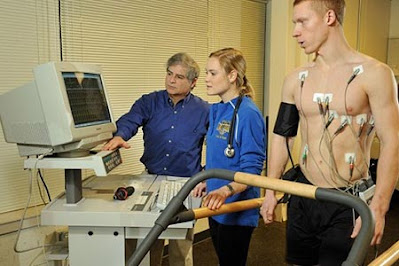Angiography What You Need To Know
Angiography is a minimally invasive diagnostic procedure used to visualise the inside of blood vessels. It is often used to identify blockages or narrowings in arteries that may be causing reduced blood flow to organs or tissues. In some cases, angiography can also be used to guide interventional procedures such as angioplasty or stenting.
During an angiogram, a catheter (a small, thin tube) is inserted into an artery through a small incision in the skin. X-ray contrast dye is then injected through the catheter into the vessel being studied. The dye makes the blood vessels visible on X-ray images. By looking at these images, your doctor can determine if there are any blockages or narrowed areas present.
Angiography Procedure
Angiograms are performed on an outpatient basis make sure you check Angiography Cost in Delhi. This means you can go home the same day as your procedure. Prior to the angiogram, you will be asked to sign a consent form that gives your doctor permission to perform the procedure.
You will then be asked to remove any clothing, jewellery, or other items that may interfere with the procedure. You will be given a gown to wear during the procedure.
An IV line will be started in your arm so that you can receive sedation during the procedure. Once you are sedated, you will be positioned on the X-ray table. A sterile drape will be placed over your body, leaving only the area being worked on exposed.
Your doctor will clean the skin over the chosen entry point and numb it with local anaesthesia. A small incision will then be made and a guide wire inserted into the artery. A sheath (a plastic sleeve) is then passed over the guide wire and positioned within the artery. The guide wire is then removed and replaced with a catheter (a long, thin tube). The contrast dye is injected through this catheter and X-ray images are taken as it moves through your arteries.
Once your arteries have been visualised, the catheter and sheath are removed and pressure is applied to stop any bleeding from the incision site. A dressing or bandage will then be placed over the site.
You will be monitored for any signs of reaction to the contrast dye prior to being discharged from the hospital. It is important that you follow all instructions given to you by your doctor prior to leaving as well as after you return home following your procedure.
Conclusion:
Angiography is a minimally invasive diagnostic procedure
used to visualise narrowed or blocked arteries which may be reducing blood flow
to organs and tissues. It can also sometimes be used to guide interventional
procedures such as angioplasty or stenting. You should always follow
instructions given by your doctor both before and after returning home from
having this procedure done and check the Angiography
Cost in Delhi.Thanks for reading!





Comments
Post a Comment